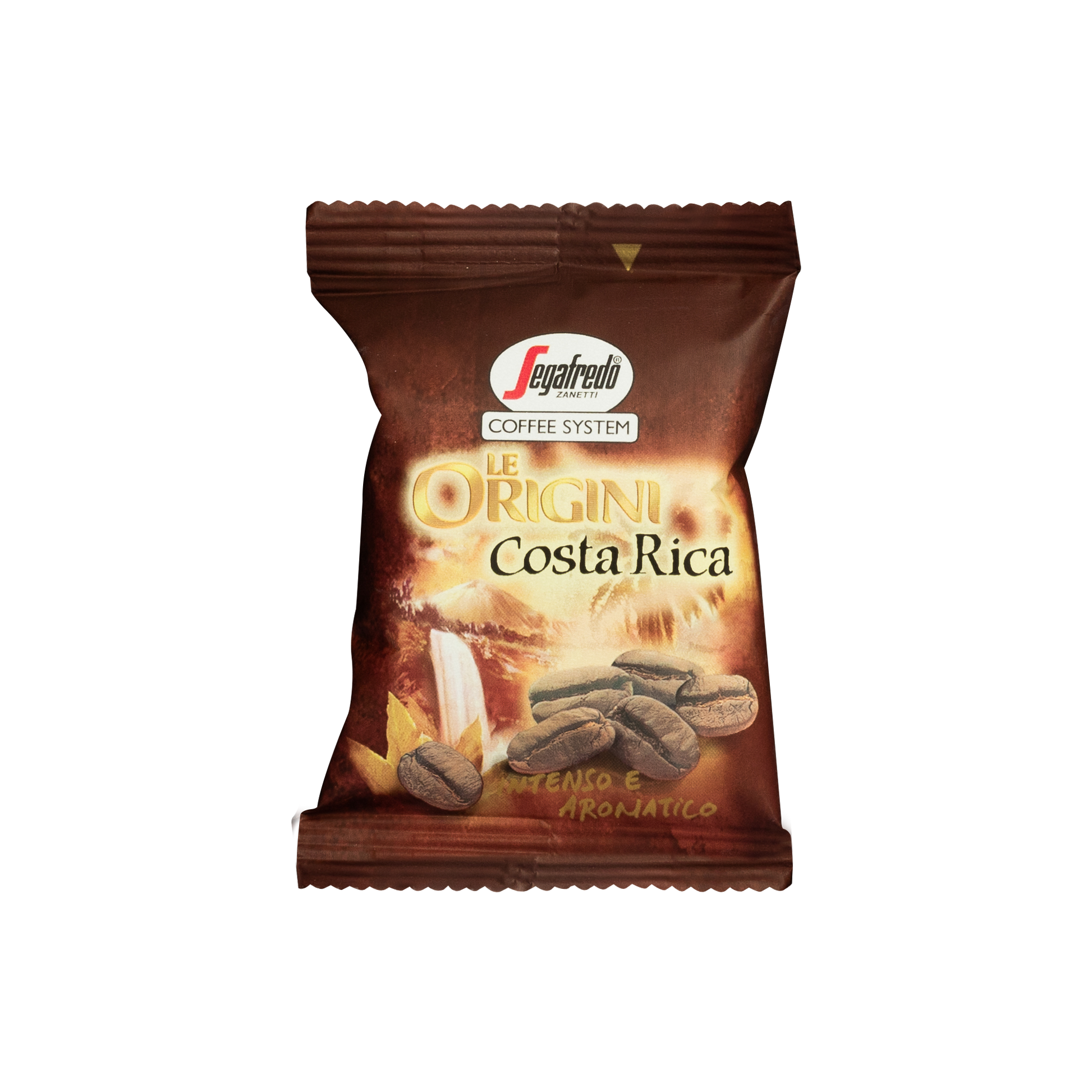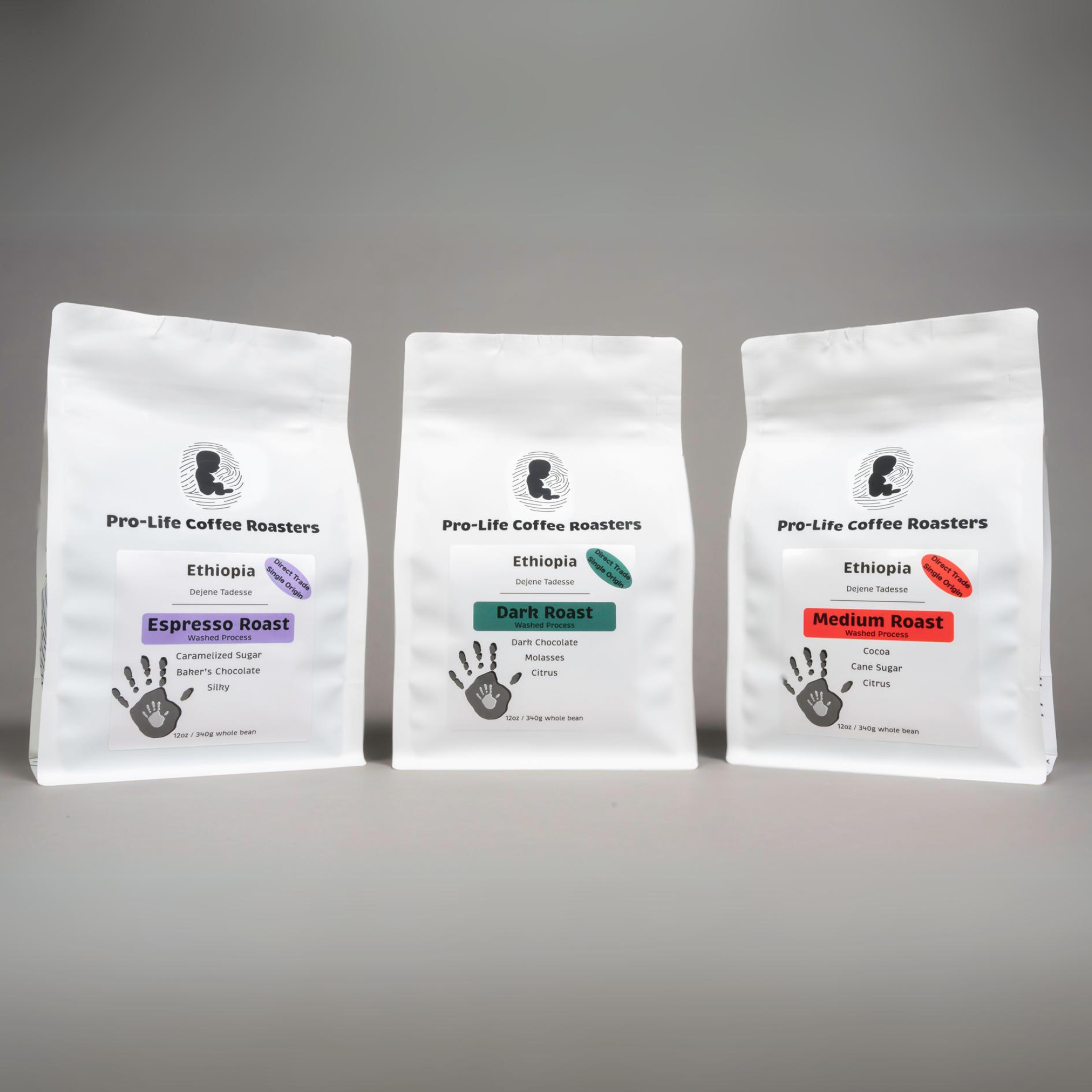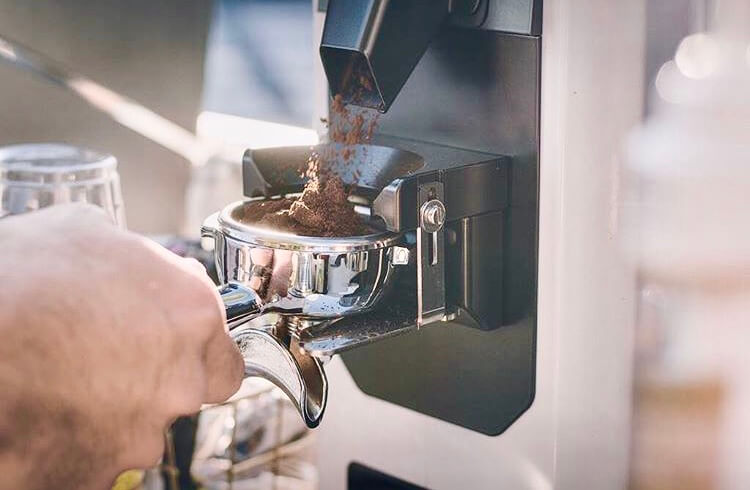SOE Single Origin Espresso – The Perfect Choice for Espresso Lovers
Wiki Article
Recognizing Coffee Beans: the Trip From Espresso to Blended Coffee Beans

The Beginnings of Coffee: A Worldwide Viewpoint
While you might assume of coffee as a modern staple, its beginnings map back centuries, linking with cultures throughout the globe. The story starts in Ethiopia, where tale says a goat herdsman named Kaldi uncovered the energizing impacts of coffee beans after noticing his goats romping energetically after consuming them.As trade paths broadened, coffee made its means to Europe in the 17th century, rapidly gaining appeal. It changed from a magical drink into a daily ritual, inspiring gatherings and intellectual exchanges. Each culture added its one-of-a-kind twist to coffee preparation, enhancing its history. This international trip highlights just how coffee links us, going beyond boundaries and uniting varied customs with an easy bean.
Growing and Harvesting of Coffee Beans
As coffee's journey evolved, the emphasis changed to the cultivation and harvesting of certain bean selections, particularly those used for espresso. You'll locate that coffee beans typically originate from Arabica or Robusta plants, each offering distinct flavors. The optimal expanding conditions consist of high altitudes and abundant, well-drained dirt, which enhance the beans' quality.During the harvest, picking approaches differ. Timing is essential; you want to collect when the cherries reach peak ripeness for optimum taste.
Once collected, the beans are prepared for processing, which is essential in determining their last taste. Comprehending the farming and gathering procedures gives you understanding right into what goes right into your favored espresso, enhancing your appreciation for each and every mug.
Processing Techniques: From Cherry to Bean
Since you've discovered harvesting coffee beans, let's explore exactly how those cherries transform right into the coffee beans you love. You'll see how different harvesting strategies influence flavor, followed by the vital actions of fermentation and drying out. We'll damage down the milling and grading procedure that identifies your coffee's high quality.Gathering Strategies Described
When it comes to coffee, understanding harvesting strategies is essential, given that they straight influence the flavor and quality of the beans you delight in. Selective selecting includes hand-picking just ripe cherries, ensuring you obtain the finest top quality beans. Ultimately, the selection of gathering technique can considerably affect your coffee experience, so it's worth knowing how those beans made it to your mug.Fermentation and Drying Out
After harvesting, the following actions in processing coffee beans play a considerable duty fit their flavor. You'll discover that fermentation is crucial, as it helps break down the mucilage surrounding the beans, boosting their preference account. Relying on the method, this procedure can last from a couple of hours to a number of days, with differing outcomes based on temperature and moisture.When fermentation is full, drying adheres to, which is similarly vital. You can pick from sun-drying or mechanical drying approaches. Sun-drying enables the beans to absorb flavors from the atmosphere, while mechanical drying out guarantees consistent wetness degrees despite weather. Appropriate drying out is important to prevent mold and mildew and maintain the beans' quality, ultimately affecting your mug of coffee.
Milling and Grading Process
As fermentation and drying out set the phase for flavor growth, the milling and grading process assurances that just the finest coffee beans make it to your mug. This stage entails removing the outer layers of the coffee cherry, consisting of the parchment and husk. High-grade beans receive a greater quality, resulting in a richer coffee experience.Roasting Methods: Opening Taste Prospective
When you roast coffee beans, the approach you pick can significantly influence the taste account. Understanding the connection between time, temperature level, and roasting techniques is key to revealing the possibility of your brew. Allow's check out exactly how these elements come together to develop the excellent mug.Toasting Techniques Described
While you may think that all coffee toasting approaches produce the exact same results, the fact is that each method reveals distinct taste possibilities in the beans. You can pick between techniques like drum roasting, air roasting, or perhaps standard pan roasting. Drum roasting utilizes a revolving drum to equally disperse warmth, enhancing caramelization and producing a balanced flavor. Air roasting, on the other hand, distributes hot air around the beans, advertising a lighter roast with noticable acidity. Frying pan toasting enables hands-on control yet requires constant attention to stay clear of burning. Each approach has its subtleties, so trying out various strategies can assist you find the excellent roast that aligns with your taste choices. Enjoy the journey of finding your excellent mug!
Effect On Taste Profile
Various roasting methods not only influence the procedure yet additionally considerably influence the flavor account of the coffee beans. Dark roasts, on the various other hand, bring out strong, great smoky tastes, in some cases covering up the bean's unique attributes. Recognizing these nuances assists you value the virtuosity behind your cup of coffee, enhancing your general experience with every sip.Time and Temperature Level Variables
To release the full flavor capacity of coffee beans, both time and temperature throughout the toasting procedure play substantial duties. When roasting, you'll locate that higher temperature levels can promptly create flavors, however if you hurry it, you may end up with burnt notes. Alternatively, reduced temperatures permit an extra progressive taste growth, showcasing the beans' unique characteristics.
Timing is equally as crucial; extending the roast as well long can result in a loss of level of acidity and brightness, while too brief a roast may leave the beans underdeveloped. Discovering that sweet spot requires technique and testing. By changing these factors, you can disclose the rich, complicated flavors concealed within each bean, producing a truly impressive coffee experience.
The Art of Blending: Crafting Special Coffee Accounts

Beginning by choosing a base coffee that provides a solid structure. Then, select corresponding beans to enhance particular taste notes. A bright Ethiopian bean can bring fruitiness, while an abundant Brazilian coffee includes body. Experimentation is essential-- do not be scared to readjust ratios till you find your excellent profile.
As you blend, keep in mind that each combination informs a tale. You're not simply making coffee; you're producing an experience. Take your time, preference frequently, and take pleasure in the trip of finding your trademark mix - Single Origin Espresso.
Brewing Techniques: Exactly How Preparation Affects Flavor
Blending coffee opens up a domain of taste opportunities, yet exactly how you make that mix can substantially influence your final mug. Different brewing methods remove one-of-a-kind flavors and aromas, so it's essential to choose intelligently. For example, a French press allows oils and sediments to remain, producing a rich, full-bodied experience. On the various other hand, a pour-over highlights the coffee's quality and illumination, perfect for showcasing fragile notes.Espresso, with its high stress, creates a concentrated shot that highlights sweetness and crema. If you like a lighter brew, consider a cold mixture technique; it yields a smooth, much less acidic taste.
Ultimately, experimentation is essential. Changing variables like water temperature, grind size, and make time can change your coffee's account. So, embrace the art of developing to find the tastes hidden in your coffee blends. The right approach can boost your experience to new elevations.
The Future of Coffee: Sustainability and Technology
As the coffee industry advances, sustainability and development are coming to be vital for addressing ecological obstacles and meeting customer needs. You'll discover that more coffee business are taking on environmentally friendly methods, from sourcing beans fairly to applying lasting farming techniques. These shifts not just assist the earth yet additionally enhance the quality of the coffee you delight in.You could see innovations like naturally degradable packaging and water-saving brewing techniques that decrease waste. Advanced technology, such as blockchain, is also ending up being preferred, guaranteeing transparency in the supply chain, which allows you to map your coffee back to its origins.
Additionally, buying neighborhood communities and supporting farmers via reasonable profession campaigns promotes an extra sustainable coffee ecosystem. As you sip your next cup, bear in mind that your options can add to a brighter future for coffee. By opting for lasting brands, you're not just delighting in a beverage; you're making a positive influence on the globe.
Often Asked Inquiries
What Is the Difference In Between Arabica and Robusta Beans?
Arabica beans are smoother, sweeter, and have a greater level of acidity, while robusta beans are stronger, a lot more bitter, and contain even more high levels of caffeine. When brewing your coffee., you'll observe these differences in taste and aroma.Exactly How Does Elevation Affect Coffee Bean Taste?
Elevation impacts coffee bean taste substantially. Greater elevations generate beans with brighter acidity and complicated flavors, while reduced altitudes commonly generate beans that are larger and much less nuanced. You'll notice these differences in your cup!What Are the Health Perks of Alcohol Consumption Coffee?
Consuming coffee can boost your power, improve psychological focus, and even improve physical efficiency. It's rich in anti-oxidants, might lower the danger of certain illness, and can advertise a much healthier metabolic process when eaten in moderation.Can Coffee Beans Be Reused for Developing?
Yes, you can recycle coffee beans for brewing, however the taste could be weaker. If you delight in exploring, attempt reusing them in various means, like cold mixtures or contributing to healthy smoothies for an added kick.Exactly how Should I Store Coffee Beans for Freshness?
To maintain your coffee beans fresh, store SOE them in an impermeable container in an awesome, dark location. Stay clear of revealing them to wetness, warm, or light, as these aspects can promptly degrade their taste and fragrance.Comprehending Coffee Beans: the Journey From Coffee to Blended Coffee Beans.
Currently that you've found out concerning harvesting coffee beans, let's discover how those cherries change into the coffee beans you enjoy.When you roast coffee beans, the method you pick can substantially affect the flavor account - Single Origin Espresso.While you could assume that all coffee roasting methods generate the very same results, the reality is that each method exposes distinct taste potentials in the beans.Different toasting methods not just influence the procedure however likewise greatly impact the flavor account of the coffee beans
Report this wiki page